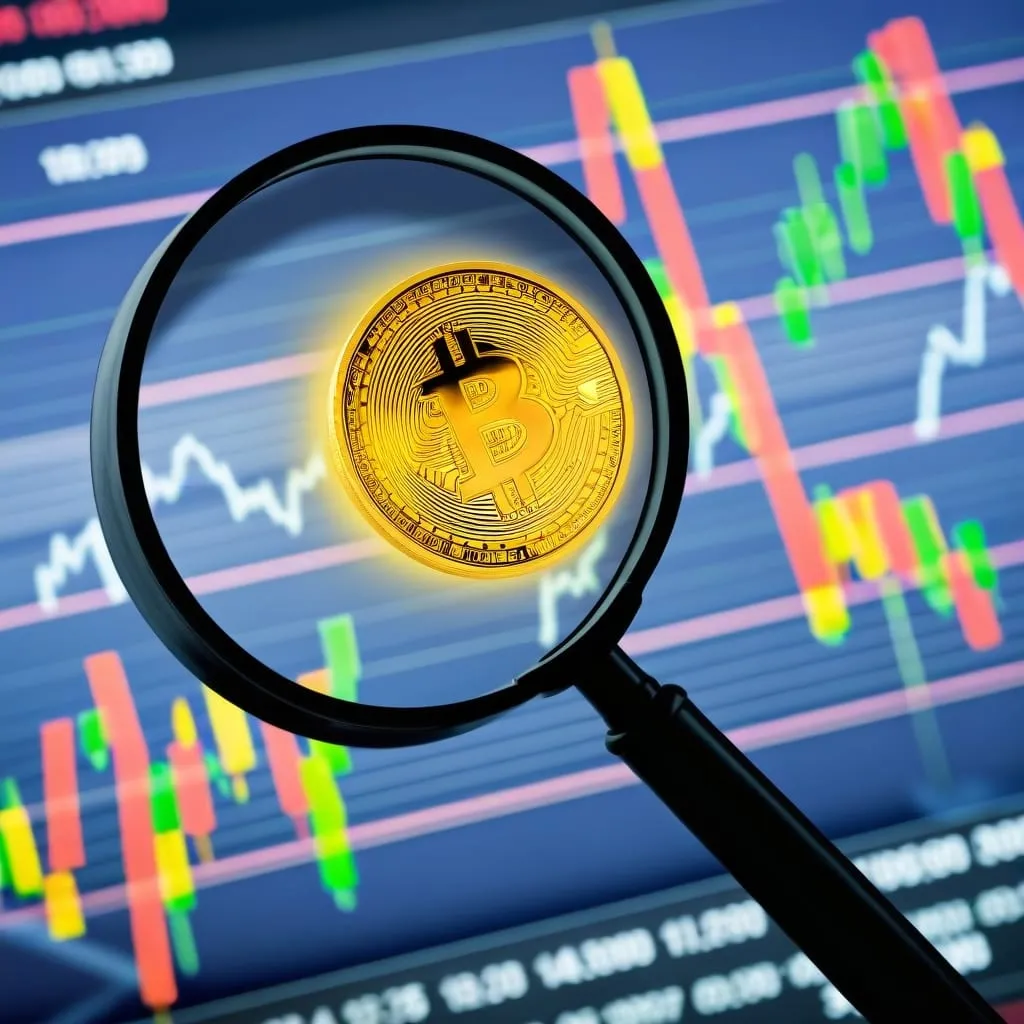The Art of CEO-Level Productivity: Maximizing Impact in Minimal Time
In today's fast-paced corporate world, the idea of working just 4 hours a day might seem like a pipe dream. But what if we could learn from the productivity hacks of top CEOs to maximize our impact in less time? Let's dive into some game-changing strategies that could revolutionize your work life.
First things first, prioritization is key. It's not about how many tasks you can tick off your list, but rather focusing on the ones that'll move the needle. Imagine you're the captain of a ship - you wouldn't waste time rearranging deck chairs when you should be steering the vessel, right? That's exactly how successful CEOs think. They zero in on the most impactful tasks and tackle them head-on.
Take Gail Gardner, the brains behind GrowthMap. She swears by tackling the big fish first. Using tools like Trello, she keeps her priorities straight and doesn't let the small stuff derail her day. And here's a pro tip - don't let your inbox run your life. Treat emails like a necessary evil, not your main job.
Now, let's talk about mornings. Ever heard the saying "win the morning, win the day"? There's a reason why so many successful people swear by their morning routines. Take Tom DuPuis, a self-employed blogger who kicks off every day with a run. It's not just about staying fit - it's about setting the tone for the day ahead. Find what lights your fire in the morning, whether it's writing, meditating, or doing cartwheels in your backyard. The key is to start your day doing something you love.
Here's a mind-bender for you - what if I told you that you can only do about three to four hours of high-quality work each day? Sounds crazy, right? But think about it. When was the last time you were in the zone, completely focused, for more than a few hours? This "three-or-four-hours rule" isn't new. Historical bigwigs like Charles Darwin and Thomas Jefferson swore by it. The trick is to protect those golden hours like they're the last slice of pizza at a party.
But how do you figure out where your time is really going? Enter the time audit. John Doherty, the big cheese at Credo, swears by this method. Every few months, he tracks his time in 30-minute chunks. It's like a reality check for your schedule. You might be surprised at how much time you're wasting on low-value tasks. Once you know where the time sucks are, you can start delegating like a boss.
Speaking of delegation, remember this - just because you can do something doesn't mean you should. Letting go of tasks can be tough, especially if you're a bit of a control freak. But trust me, it's worth it. Not only does it free up your time, but it also helps your team grow. Win-win, right?
Now, let's talk about the elephant in the room - distractions. In our hyper-connected world, staying focused is like trying to meditate in the middle of a rock concert. But here's the thing - you've got to set boundaries. Maybe you dedicate specific times for meetings and calls, leaving your afternoons free for deep work. Or perhaps you follow Lesley Vos's advice and ask yourself, "If I could only do one task today, what would it be?" It's about being intentional with your time and energy.
But all work and no play makes Jack a dull boy, right? That's where work-life balance comes in. Even CEOs, who work an average of 9.7 hours on weekdays according to a Harvard study, find time for self-care. They squeeze in about 45 minutes of exercise daily. And while some might brag about their 4-hour sleep schedule, aim for 6-7 hours if you want to be at your best.
Strategic planning is another ace up the CEO's sleeve. It's not just about having a to-do list - it's about aligning your daily grind with your big-picture goals. Think of it like a jigsaw puzzle. Each task you do should fit into the larger image you're trying to create. Take some time to map out your day or week ahead. It's like giving your brain a roadmap to follow.
Here's a thought that might ruffle some feathers - maybe you're doing too much. CEOs often get bogged down in routine duties that eat up about 11% of their time. That's time that could be spent on high-impact tasks. So, take a hard look at your responsibilities. What can you delegate? What can you eliminate altogether?
Lastly, let's talk about something that might seem counterintuitive - rest. In our hustle culture, there's this idea that if you're not constantly grinding, you're falling behind. But here's the truth bomb - rest is productive. It's not about pushing yourself to the brink of burnout. It's about knowing when to step back and recharge. Sometimes, doing less is the key to achieving more.
So, there you have it - the secret sauce of CEO-level productivity. It's not about working yourself to the bone or pulling all-nighters. It's about working smarter, not harder. It's about prioritizing, protecting your focus time, delegating wisely, and yes, even resting. Remember, productivity isn't about how busy you are - it's about the impact you make.
Next time you're feeling overwhelmed by your to-do list, take a step back. Channel your inner CEO. Ask yourself - what's the most impactful thing I can do right now? Focus on that, and let the rest fall into place. You might not be working just 4 hours a day, but you'll be amazed at how much more you can achieve when you work like a CEO.






